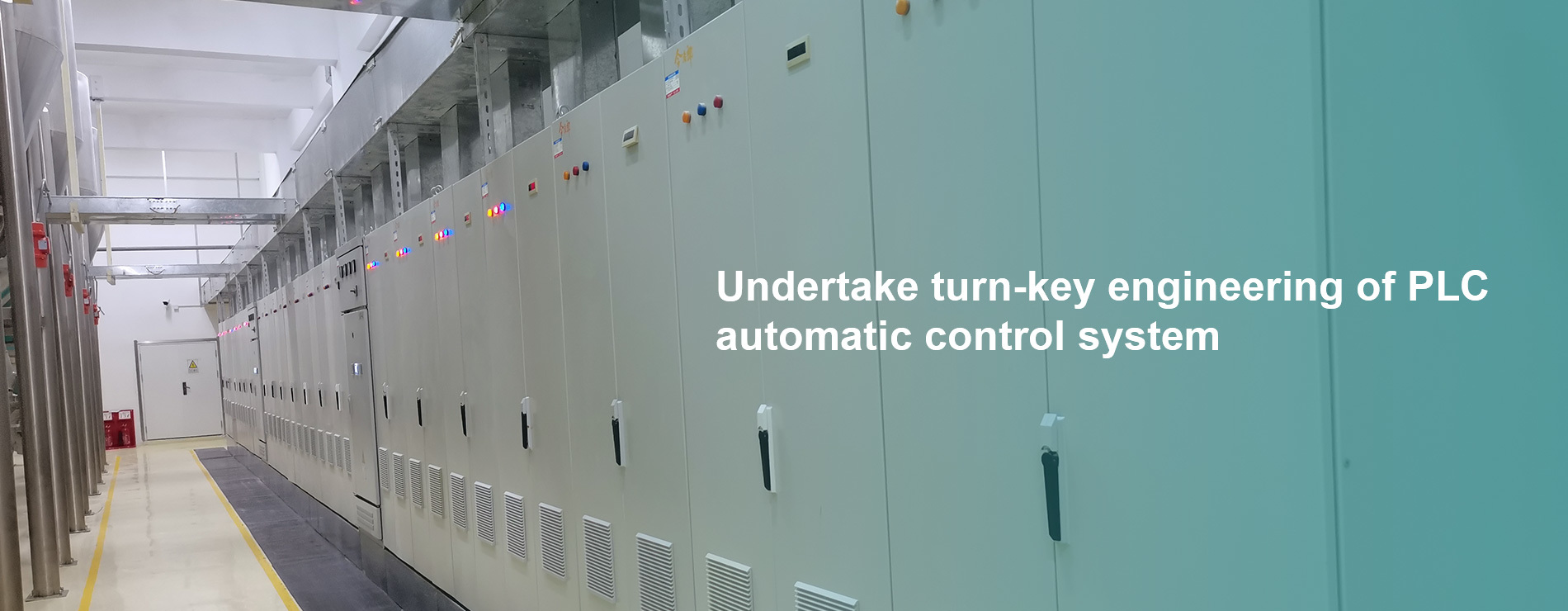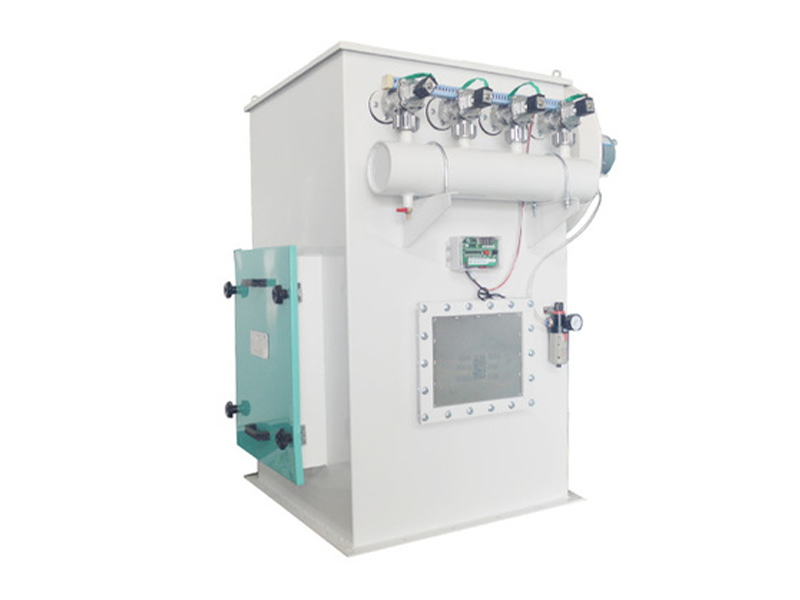Recent Posts
The Impact of Powder Conveying Systems on Crop Yield and Quality
Release time:
Mar 21,2025
The Impact of Powder Conveying Systems on Crop Yield and Quality Table of Contents Introduction to Powder Conveying Systems Importance of Powder Conveying in Agriculture How Powder Conveying Systems Work Benefits of Using Powder Conveying Systems Effect on Crop Yield Impact on Crop Quality Best Practices for Implementing Powder Conveying Systems Future Trends in Powder Conveying T
The Impact of Powder Conveying Systems on Crop Yield and Quality
Table of Contents
- Introduction to Powder Conveying Systems
- Importance of Powder Conveying in Agriculture
- How Powder Conveying Systems Work
- Benefits of Using Powder Conveying Systems
- Effect on Crop Yield
- Impact on Crop Quality
- Best Practices for Implementing Powder Conveying Systems
- Future Trends in Powder Conveying Technology
- Frequently Asked Questions
- Conclusion
Introduction to Powder Conveying Systems
In the ever-evolving world of agriculture, the efficiency of **powder conveying systems** has emerged as a pivotal factor contributing to enhanced crop yield and quality. These systems facilitate the seamless movement of various powdered materials—such as fertilizers, pesticides, and grains—within agricultural settings. As we delve deeper into the mechanics and advantages of these systems, it becomes evident how they serve as a backbone in modern agricultural practices.
Importance of Powder Conveying in Agriculture
The agricultural sector constantly seeks innovative solutions to improve production efficiency and sustainability. Powder conveying systems play a crucial role in **streamlining operations** throughout the farming process. By automating the transfer of powders, these systems minimize labor costs and reduce material wastage, leading to significant operational cost savings. Moreover, they enable farmers to maintain better control over the quality and consistency of the materials used, thereby influencing the overall health of their crops.
Efficient Material Handling
Handling bulk powders can be labor-intensive, making it essential for operations to invest in efficient material handling systems. **Powder conveying systems** address this challenge by providing automated solutions that enhance the speed and accuracy of material transportation. This efficiency allows farmers to focus on other critical aspects of crop production.
Environmental Considerations
The environmental impact of traditional farming practices cannot be understated. By utilizing powder conveying systems that reduce dust emissions and ensure precise application of fertilizers and pesticides, farmers can adopt more environmentally friendly practices. These systems contribute to sustainable farming by minimizing chemical runoff and protecting surrounding ecosystems.
How Powder Conveying Systems Work
Understanding the mechanics of powder conveying systems is essential for appreciating their impact on agriculture. These systems utilize various technologies to transport powdered materials from one location to another.
Pneumatic Conveying
Pneumatic conveying systems use air pressure to propel powders through pipelines. The **suction and pressure differentials** created by blowers or fans move the materials effectively, allowing for both horizontal and vertical transportation. This method is particularly advantageous for transporting lightweight materials over long distances.
Mechanical Conveying
Mechanical conveying systems employ physical means—such as belts, screws, or vibratory feeders—to move powders. These systems are often more straightforward and can handle a broader range of materials, including heavier powders. Mechanical methods are generally used in conjunction with pneumatic systems to optimize efficiency.
Continuous vs. Batch Conveying
Powder conveying systems can be classified into two primary types: continuous and batch systems. Continuous systems are ideal for operations requiring a steady flow of materials, while batch systems are beneficial for processes that require precise measurement and controlled delivery of powders.
Benefits of Using Powder Conveying Systems
The implementation of powder conveying systems comes with a plethora of benefits. Understanding these advantages can help farmers make informed decisions about their agricultural practices.
Increased Efficiency
One of the most significant benefits of powder conveying systems is the increase in operational efficiency. Automating the transport of powders reduces the time and manpower required, allowing for faster processing and improved productivity.
Enhanced Safety
Handling powdered materials can pose health risks to workers, including respiratory issues. By minimizing direct contact through automated systems, the risk of injury and exposure to harmful substances is significantly reduced.
Improved Product Quality
Consistent and accurate application of fertilizers and pesticides is critical to achieving high-quality crops. Powder conveying systems ensure the precise delivery of these materials, which in turn leads to improved plant health and yield.
Effect on Crop Yield
The relationship between powder conveying systems and crop yield is profound. Effective material handling directly influences the availability of essential nutrients and protective agents, leading to healthier plants.
Nutrient Accessibility
For crops to thrive, they must have access to vital nutrients. Powder conveying systems enable the efficient application of fertilizers, ensuring that crops receive the nutrients they need when they need them. This timely delivery can enhance growth rates and overall crop production.
Minimizing Material Loss
Traditional methods of handling powdered materials often result in significant losses due to spillage or improper application. By utilizing powder conveying systems, farmers can significantly reduce material loss, ensuring that more nutrients reach the plants.
Impact on Crop Quality
Beyond yield, the quality of crops is a critical concern for farmers. The use of powder conveying systems contributes positively to various aspects of crop quality.
Uniformity of Application
Uniform application of fertilizers and pesticides is essential for maintaining crop quality. Powder conveying systems provide consistent delivery, which helps prevent over-fertilization or under-fertilization, leading to healthier and more uniform crops.
Reduction of Chemical Residues
Improper application techniques can lead to chemical residues in crops, which pose health risks to consumers. Automated powder conveying systems allow for precise control over application rates, minimizing the risk of chemical contamination.
Best Practices for Implementing Powder Conveying Systems
To maximize the benefits of powder conveying systems, farmers should adhere to best practices during implementation.
Conducting a Needs Assessment
Before investing in a powder conveying system, it is essential to conduct a thorough needs assessment. Understanding the specific requirements of the agricultural operation will help in selecting the most suitable system for optimal results.
Regular Maintenance and Training
Maintaining powder conveying systems is crucial for ensuring longevity and efficiency. Regular inspections and maintenance schedules should be established. Additionally, training employees in proper operation techniques will minimize errors and enhance safety.
Integration with Other Systems
Integrating powder conveying systems with existing agricultural technology, such as precision farming tools, can further enhance efficiency and productivity. A holistic approach to system integration can yield significant benefits.
Future Trends in Powder Conveying Technology
As technology continues to advance, the future of powder conveying systems in agriculture holds exciting possibilities.
Smart Automation
The integration of smart technologies, such as IoT sensors and AI algorithms, is set to revolutionize powder conveying systems. These technologies can monitor system performance in real-time, optimize material flow, and predict maintenance needs.
Sustainability Innovations
With a growing focus on sustainability, future trends will likely include the development of eco-friendly materials and systems that minimize energy consumption. Innovations in this space will contribute to more sustainable agricultural practices.
Frequently Asked Questions
1. What is a powder conveying system?
A powder conveying system is an automated solution designed to transport powdered materials, such as fertilizers and grains, within agricultural operations.
2. How do powder conveying systems improve crop yield?
These systems enhance crop yield by ensuring timely and accurate delivery of essential nutrients, reducing material loss, and improving overall plant health.
3. Are powder conveying systems environmentally friendly?
Yes, they can be environmentally friendly by reducing dust emissions and ensuring precise application of chemicals, which minimizes runoff and environmental impact.
4. What types of powders can be conveyed using these systems?
Powder conveying systems can handle a wide range of materials, including fertilizers, pesticides, and grains.
5. How can farmers assess their need for a powder conveying system?
Farmers should conduct a thorough needs assessment, considering factors such as the types of materials used, the scale of operations, and specific efficiency goals.
Conclusion
The impact of powder conveying systems on crop yield and quality cannot be overstated. By enhancing efficiency, improving safety, and ensuring precise material application, these systems play a vital role in modern agriculture. As technology continues to advance, the future of powder conveying systems promises even greater innovations and contributions to sustainable farming practices. Investing in these systems is not just a step toward increased productivity; it’s a commitment to the future of agriculture and food quality.
keywords

HOW CAN WE HELP ?
Get In Touch With Us!
Contact Information
Fax: +86-371-23227333
E-mail: global@aomgmach.com
Production base: Zongdian Industrial Zone, Qi County, Kaifeng City
Business license




